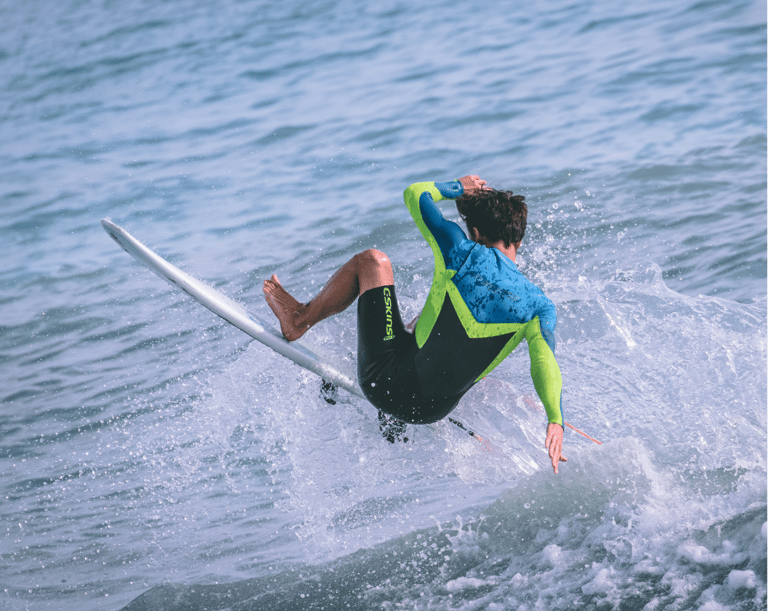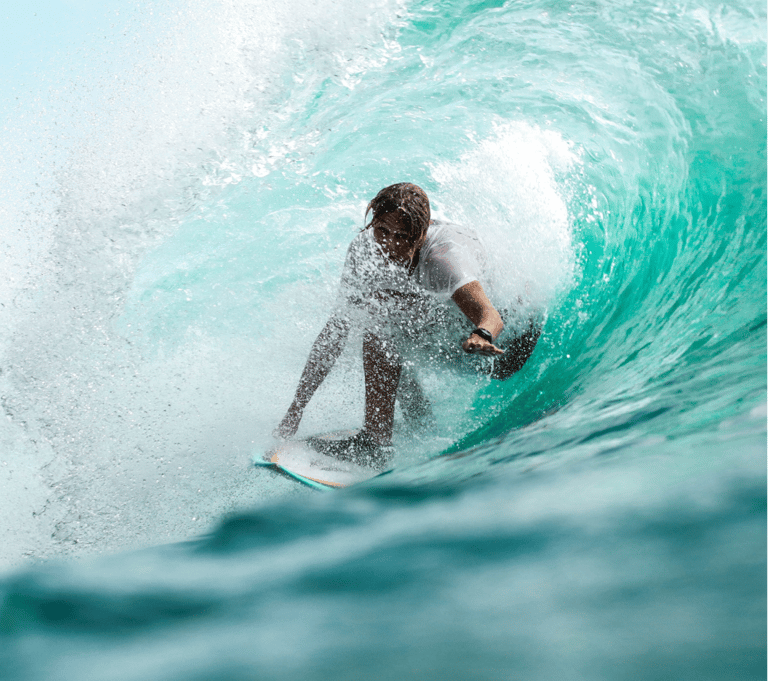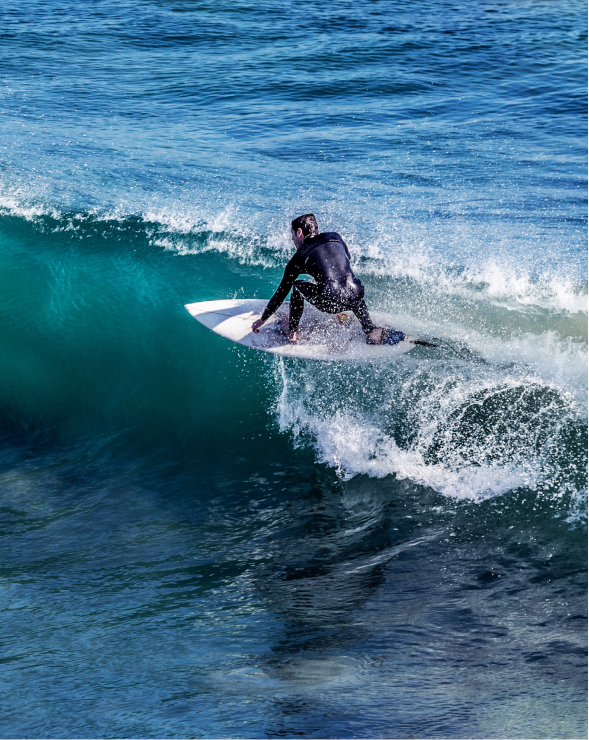Surfing Photography: Common Mistakes to Avoid
Surfing photography captures the exhilarating moments between surfers and the mighty waves. However, there are crucial mistakes to steer clear of to ensure both the safety of the photographer and the subjects, as well as the quality of the photographs.
Firstly, never underestimate the ocean's power. Positioning too close to the water without proper knowledge of the tide can be dangerous. Always maintain a safe distance, using a telephoto lens to capture the action without risking your safety.
Avoiding distractions is key. It's easy to get so focused on one surfer or wave that you miss other photographic opportunities around you. Stay aware of your surroundings and be prepared to capture a broad range of moments.
Respect for surfers and the environment is paramount. Do not interfere with surfers' paths or private spots known only to locals. Gaining access to exclusive locations requires trust and respect, which must be earned over time.
Additionally, overlooking the lighting conditions can result in poor-quality images. Early morning and late afternoon provide the best natural light for surfing photography, offering softer shadows and a golden hue that enhances the atmosphere of your shots.
Finally, ignoring the weather and water conditions can lead to missed opportunities or hazardous situations. Understanding the weather patterns and choosing the right conditions for a shoot are essential for capturing stunning surfing images safely.
By avoiding these common pitfalls, photographers can respectfully and safely capture the essence of surfing, producing images that resonate with the energy and beauty of the sport.
Find out more about George Eleter's Insights on Surfing Photography











